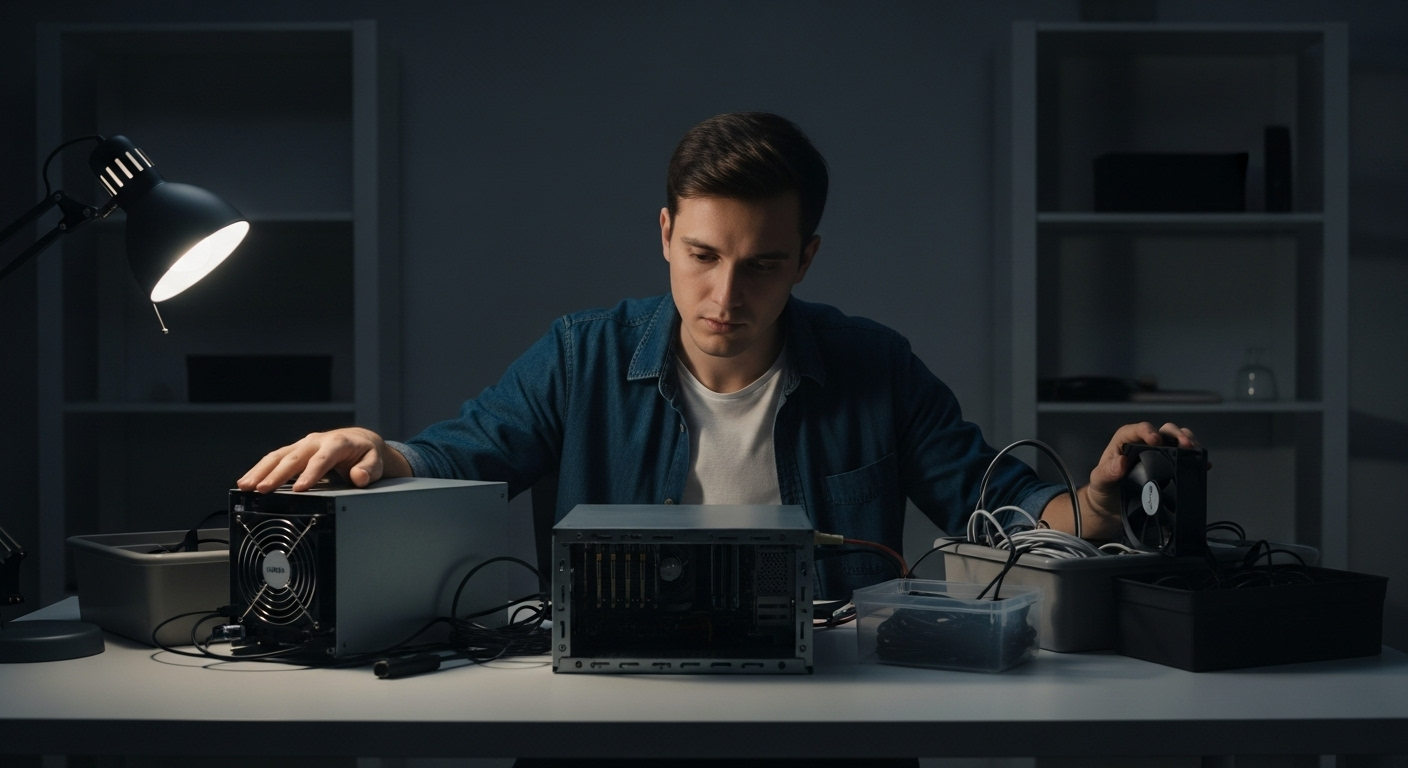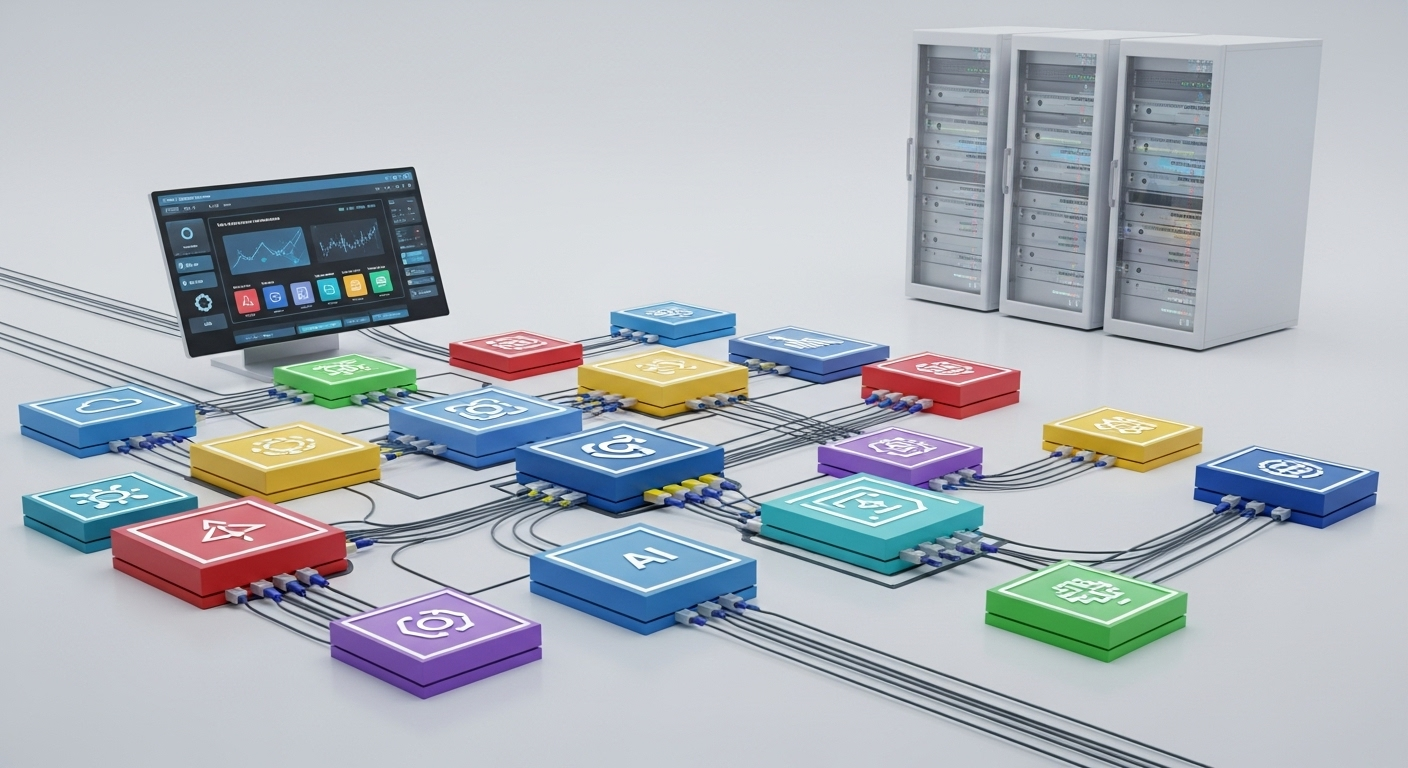
Decommissioning My Homelab: A Bittersweet Farewell
There comes a time in every tinkerer’s life when reality knocks on the server room door and says, “Pack it up, pal.” For me, that moment arrived recently—personal circumstances meant my beloved homelab had to be taken offline, with no clear ETA for its grand resurrection.
My setup had already slimmed down: just a Synology NAS and a couple of Raspberry Pis, but these little machines were working wonders. Docker Swarm, managed by Portainer, kept my containers humming. A self-hosted GitHub runner handled CI/CD for my apps, including a mix of self-developed projects and a few trusty downloads. PostgreSQL provided dedicated databases, n8n ran webhook-driven workflows, and HomeAssistant plus Plex were there because… well, why not?
Technitium blocked ads and ran DNS, while Traefik acted as my trusty proxy. Tailscale kept everything secure and accessible from anywhere. A separate Pi fed flight data to FlightRadar24—because who doesn’t want to know what’s flying overhead?
The thought of shutting it all down was daunting. Sure, some apps (looking at you, HomeAssistant) wouldn’t be missed, but others—especially my own creations—had become part of my daily routine. I briefly considered Docker Desktop for some services, but needing a few apps to run 24/7 quickly ruled that out. I wanted something more robust—a cloud-based “homelab,” if you will.
Enter Hetzner’s server auction, where retired but still-capable machines go for a song. I snagged an Intel® i5 12500, 64GB RAM, and dual NVMe drives for less than the price of a high-end Raspberry Pi. With root access and a fresh Ubuntu install, I rebuilt my environment: Tailscale, Docker Swarm, Portainer, coreDNS, Traefik, and careful app migration.
Not everything was plug-and-play. Migrating PostgreSQL was trickier than expected; exporting roles and databases was easy, but permissions didn’t transfer cleanly. Encryption keys—especially for n8n—required extra attention. The most stubborn piece? A Google webhook that refused to cooperate with Traefik’s routing until I surrendered and let it use port 443.
Eventually, everything clicked. Most apps made the leap, though n8n took the longest—its interconnected workflows demanded patience. Now, only HomeAssistant remains on-prem, waiting for the NAS to finish uploading files before its own shutdown.
Decommissioning a homelab isn’t just a technical task; it’s emotional. You can’t reboot nostalgia or point at blinking LEDs and feel that sense of accomplishment. Once it’s gone, it’s gone—maybe repurposed, maybe forgotten.
But here’s the upside: I’ve built a new playground in the cloud, one that’s secure, flexible, and entirely under my control. Sure, I’ll probably break something (that’s half the fun), but that’s the spirit of learning and experimentation that drew me to homelabbing in the first place.
Closing Thoughts
So, if you’re facing your own homelab sunset, don’t despair. Technology moves on, and so do we. The tools may change, but the curiosity stays. Whether your lab lives in a cupboard or the cloud, keep tinkering, keep breaking things, and keep learning. After all, the only real failure is letting the blinking lights go dark without a plan for what comes next.

